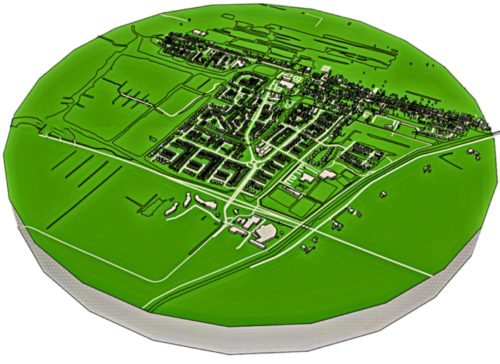Graft and De Rijp make homes more sustainable with hydrogen from sustainable energy sources.

Graft-De Rijp is a unique part of the Netherlands. The municipality has many historical buildings from the period between 1600 and 1800, when economic prosperity came largely from whaling. The whale was given a place in the coat of arms of Graft-De Rijp and is now also returning in De Groene Walvis, an ambitious project in the field of making homes more sustainable that was initiated by Energie Coöperatie Graft.
The aim of the research project is to find out whether Graft and De Rijp can stop using natural gas by switching to hydrogen produced locally using sustainable energy sources such as solar and wind energy.
The generation of sustainable energy takes place in the following five steps:
Status: The feasibility study was completed in October 2021. A request for a restart subsidy was rejected. The partners involved would like to continue and are still looking for additional funds. Hydrogen production should start in 2026.
Want to know more about this project? In the WaterstofNHN community you will find more information about the projects and get in touch with the parties involved. Talk to each other, ask questions and discover new opportunities and initiatives for hydrogen.